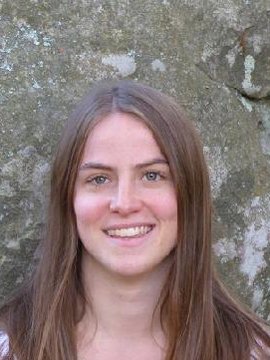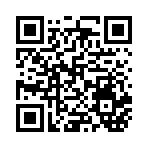M. Sc. Sophie Lagarde

Funktion und Aufgaben:
PhD Student with Prof. Niels Hovius (Section 4.6 Geomorphology) and Dr. Jens Turowski (Section 4.6 Geomorphology).Wissenschaftliche Interessen:
I am interested in natural hazards, using environmental seismology. I used seismic signal to obtain information on river activity (water turbulence, bedload flux, ect.), mass wasting dynamics and initiation mechanisms as well as acoustic sources located in the atmosphere (helicopter, planes). My lines of research are currently:
- Machine learning techniques to retrieve information from seismic signal
- Seismic Interferometry and Ambient Noise Seismology
- Crack propagation modelisation and physical mechanisms
- Modelisation of the seismic signal generated by an acoustic source located in the atmosphere
Karriere:
Since September 2019:PhD Researcher at the Deutches GeoForschungsZentrum, Potsdam.
Research Assistant/Intern positions :
2019
5 months, IPGP, Paris , France.
Internship in seismology supervised by Pr. A. Mangeney.
Topic : “Study of granular flows properties using seismic data and physical simulation”.
2018
6 months, CEA, Saclay , France.
Internship in geomorphology supervised by Dr. B. Richard.
Topic : “Modelling crack propagation in concrete structures”.
2017
1 year, GFZ, Potsdam, Germany.
Internship in geomorphology supervised by Dr. J. Turowski.
Topic : “Grain-size distribution and propagation effects on seismic signals generated by bedload transport".
Werdegang / Ausbildung:
2013-2016: Université Paris 6 UPMC, France. Licence with Honours (equivalent to a BS in Mechanics).
2017-2019: École Normale Supérieure France. ENS diploma, equivalent to a master diploma.
2018-2019: Institut de Physique du Globe , France. Master of Geosciences – Speciality Telluric Natural Hazards.
Projekte:
Apart from my research projects, I also created a lecture course for master students on environmental seismology (6 ECTS). I am also in charge of supervising a master student.

